Description
This stunning antique Chinese Cinnabar box comes in a different hexagon shape with red lacquer exterior and black lacquer interior, and the wooden box is carved with two Asian figures having a conversation in what appears to be a mountainous setting (and perhaps a waterfall). The detail is quite amazing (see pics) including the geometric relief background which carries forward onto the perimeter of the box. The lovely antique finish really adds to the appeal of this decorative box and is consistent with age. This Cinnabar box would be a nice Asian touch to any home interior, and it would make an amazing gift for that special friend or family member as well.
- Condition: Normal surface wear consistent with age; one worn spot on an exterior corner and 2-3 worn spots on the interior of the box (please see pics for details)
- Dimensions: 4″W x 4″L x 2″H (each side measures approximately 2″ wide
What is Cinnabar?
Cinnabar, the most common ore of oxidized mercury found in nature, occurs in granular crusts or veins associated with volcanic activity and hot springs. The ruddy hue of this natural mineral pigment embodies the hot and fiery conditions in which it forms. Cinnabar has been mined and used as a precious resource by many cultures around the globe since at least the 10th millennium B.C. Cinnabar is also known as “vermilion.” The two terms are used interchangeably, by both ancient authors and modern scholars, because chemically the two substances are the same (HgS; mercuric sulfide). But “cinnabar” refers to the mineral, while “vermilion” is the pigment. Until the discovery of cadmium red in the early 20th century, vermilion was the most widely used red pigment around the globe, and the most vibrant red.
Although lacquer is used in many Asian cultures, the art of carving lacquer is unique to China. Lacquer is the resin (or sap) of a family of trees (rhus verniciflua) found throughout southern China. It is an amazing material that hardens when exposed to oxygen and becomes a natural plastic that is resistant to water and can withstand heat and certain acids.
Known in China during the late Neolithic period (ca. 5000–ca. 2000 B.C.), lacquer was an important artistic medium from the sixth century B.C. to the second century A.D. and was often colored with minerals such as carbon (black), orpiment (yellow), and cinnabar (red) and used to paint the surfaces of sculptures and vessels. There is little evidence for the use of lacquer in China from the second to the eighth century: eighth- to tenth-century examples are often beautifully constructed but with simple shapes and little or no decoration. In the twelfth century, however, a new class of luxury lacquer objects—carved lacquer—appeared. Carved lacquer, which is predominantly red, is often known as “cinnabar” lacquer, a reference to the use of this powdered mercury sulphide as the primary colorant.
Like all lacquer objects, carved pieces have a base that is usually made of turned wood: it is the lacquer that is worked and not the underlying material. In the carved-lacquer technique, multiple layers (often thirty or thirty-five, but at times up to two hundred) are applied onto a substructure in the shape of a box or dish, exposed to air and dried, and carved to create lush geometric motifs, engaging scenes of figures enjoying nature, and lively birds flitting among flowers. In early examples, layers of yellow and green lacquer are interspersed among the predominant red to give a subtle depth to the overall design that is set against a plain background. The extraordinary narrative scenes found on lacquers of the late fourteenth and fifteenth century, on the other hand, have delicately carved backgrounds in which different geometric designs are used to show earth, water, and sky. In addition, in a related technique, a red lacquer background is carved with thin lines that are filled with gold, gold powder, or lacquer that has been tinted black, green, or yellow.















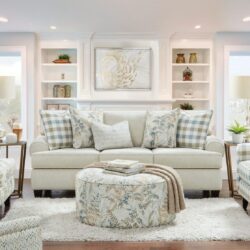

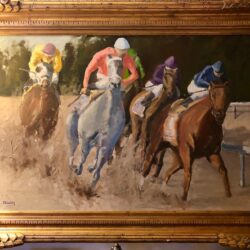
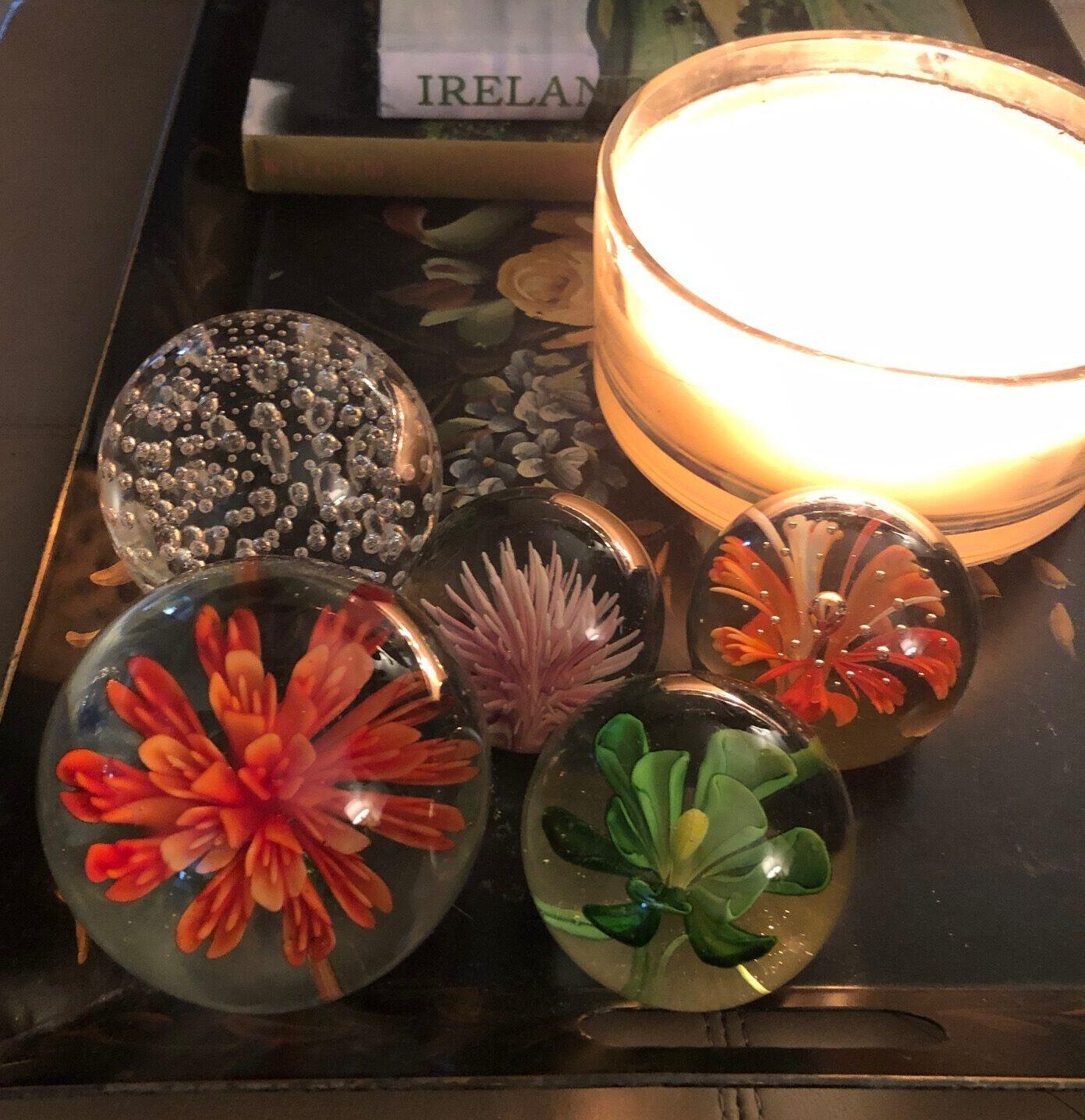
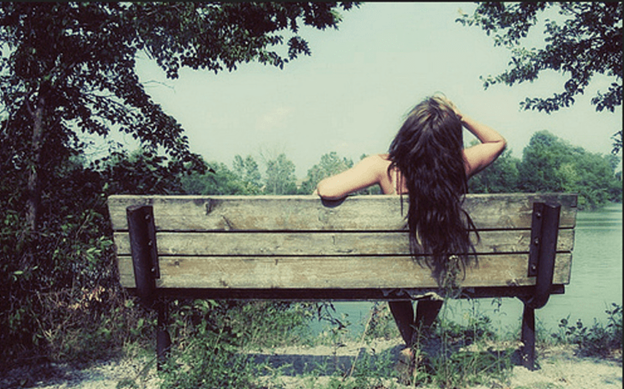
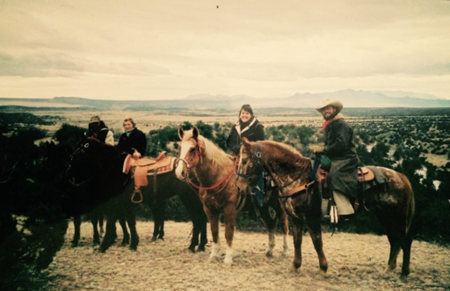
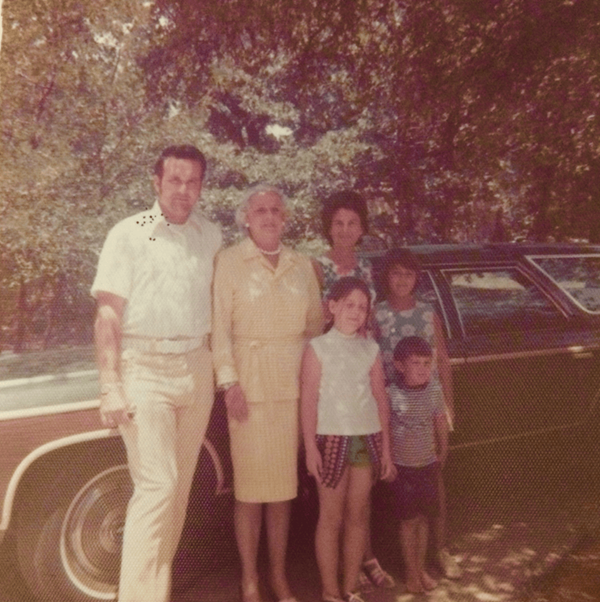
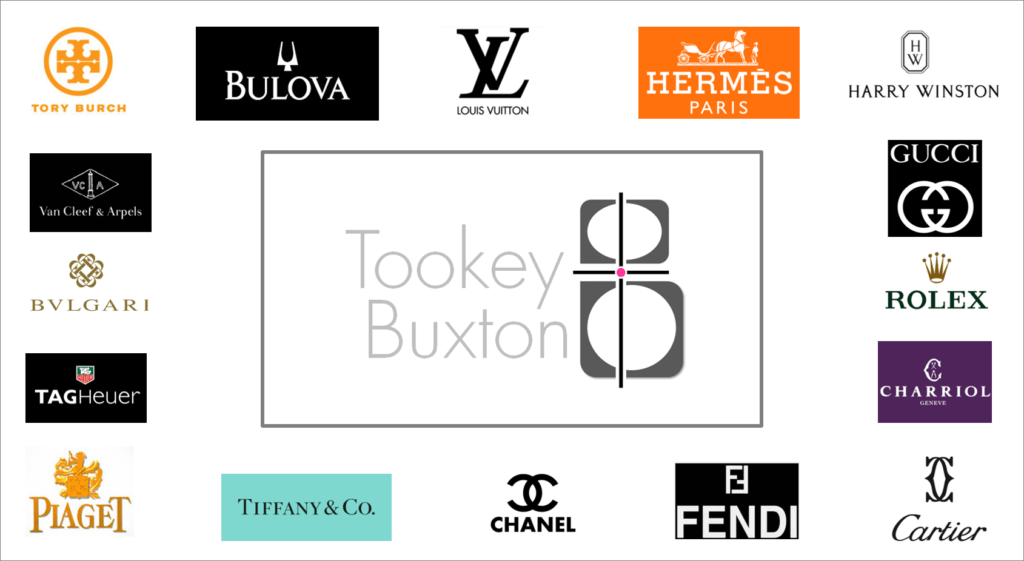
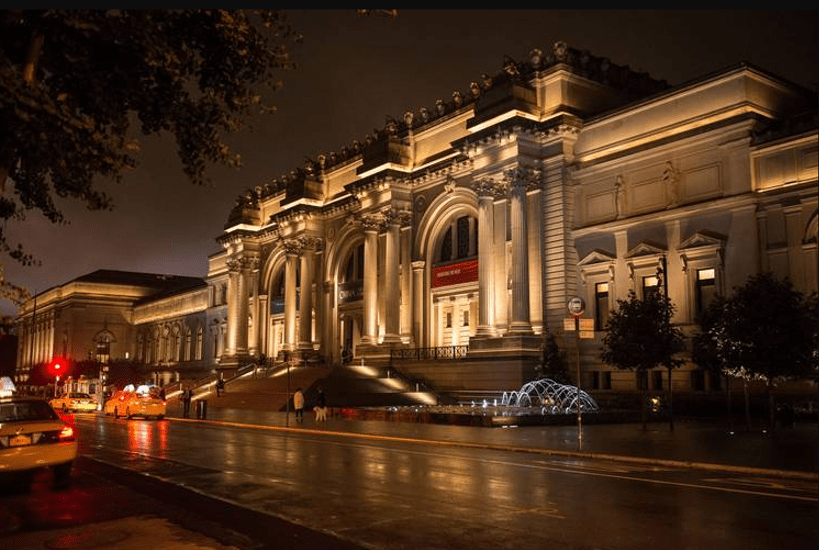
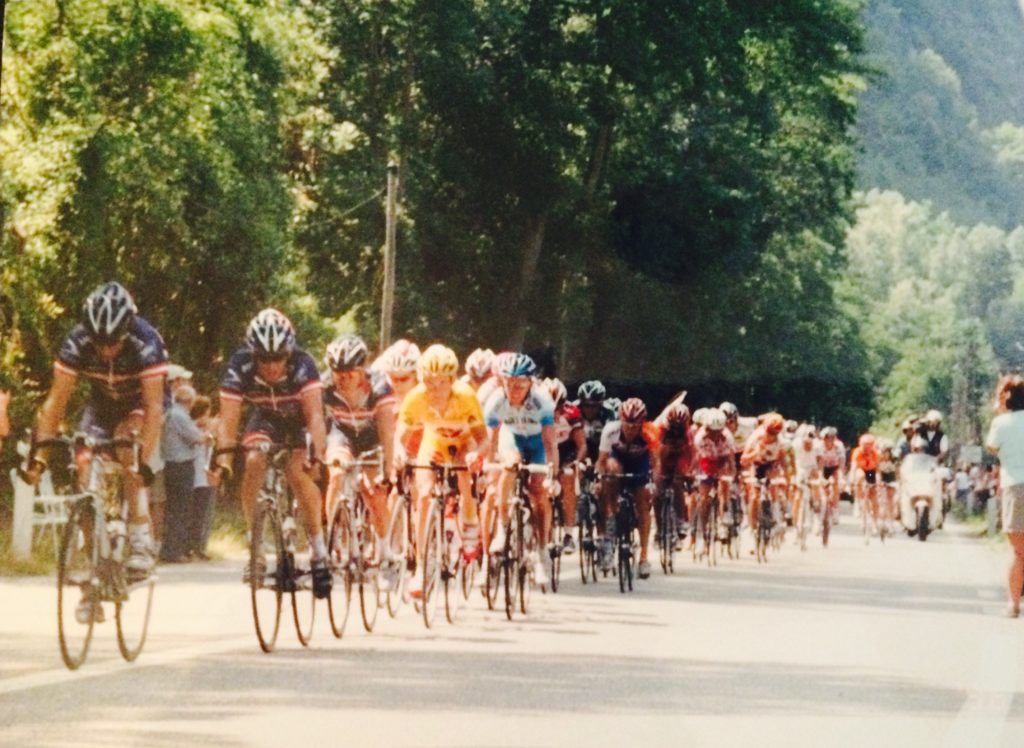

Reviews
There are no reviews yet.